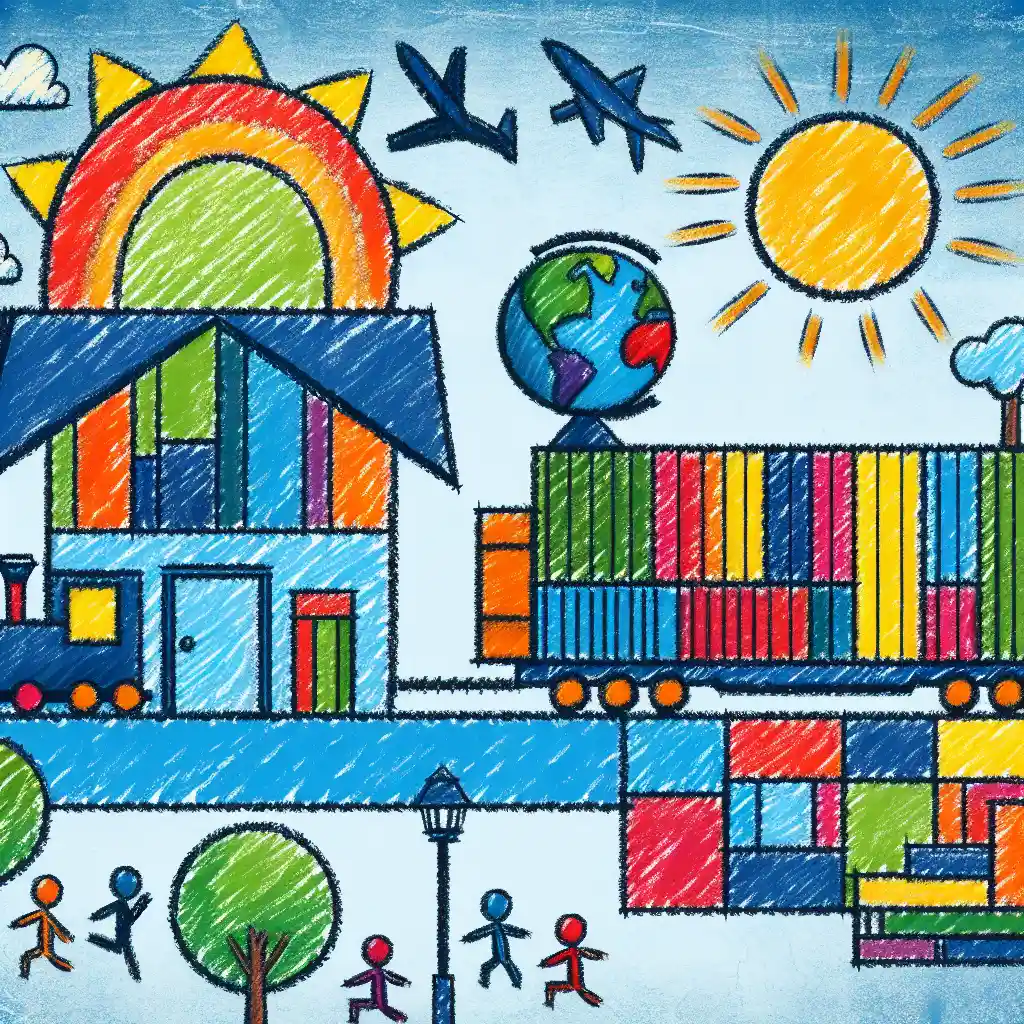Trump hits India with 25% tariff

Explain Like I'm 5
Imagine you have a toy store where you sell toys made in different places. Now, one day, you decide that toys from your friend's house (let’s call it India) will cost more for people to buy. You put a sticker on these toys that says they need 25 extra pennies for every dollar they cost. This is kind of what President Trump did. He said that anything bought from India will now need extra money, like those extra pennies, which is called a tariff. This makes things from India more expensive to buy here. It’s like making your lemonade cost more because you want people to buy your brother's lemonade instead.
Explain Like I'm 10
President Trump decided that things coming from India to the U.S. need to have a special extra cost added when they arrive. This extra cost is 25% more than what they would normally cost, and it's called a tariff. So, if something was supposed to cost $10, now it will cost $12.50. This is a way for President Trump to try and encourage people in the U.S. to buy more things made in the U.S. instead of buying things from India. It’s kind of like trying to make your team stronger in a game by making the rules tougher for the other team. This has happened because Trump thinks this will help American businesses grow and create more jobs. However, it also means that some of the things we like to buy might get more expensive or harder to find.
Explain Like I'm 15
President Trump, in line with his broader trade policy, has imposed a 25% tariff on all imports from India. This means that any goods coming from India are now subject to an additional tax, which effectively raises the price of these goods by 25%. This move is part of Trump's strategy to reduce the U.S.'s trade deficit, which happens when a country imports more than it exports. By making Indian goods more expensive, the idea is that American consumers and businesses will prefer cheaper, domestically-made products, thus boosting the U.S. economy.
This decision, however, can have a ripple effect. For one, it could lead to increased prices for American consumers on products they regularly buy, ranging from textiles to technology. Additionally, it might strain the diplomatic relations between the U.S. and India, two countries that have been strategic partners in various sectors including defense and technology. Historically, trade wars can lead to retaliatory actions, where the affected country imposes its own tariffs, leading to a cycle that can affect global trade.
Economically, this could have broader implications on the global supply chain, affecting not just the two countries involved but also other nations whose economies are tied to them. Experts are divided on the long-term effects of such tariffs. Some believe it could indeed invigorate American manufacturing, while others warn it might lead to inflation and less economic growth. What remains to be seen is how India will respond, and how this will affect the global economic landscape moving forward.
Want to read the original story?
View Original Source